The Essential Guide to UX Design Process in Web Development: Understanding UI and UX Principles
Intro In the world of web development, User Experience (UX) design plays a crucial role in creating successful and efficiently functioning websites. Understanding the principles of UX and User Interface (UI) design is essential for delivering an engaging and intuitive experience for users. This guide will provide insights into the UX design process, helping […]
-
Rhytonkingdom
-
17 May
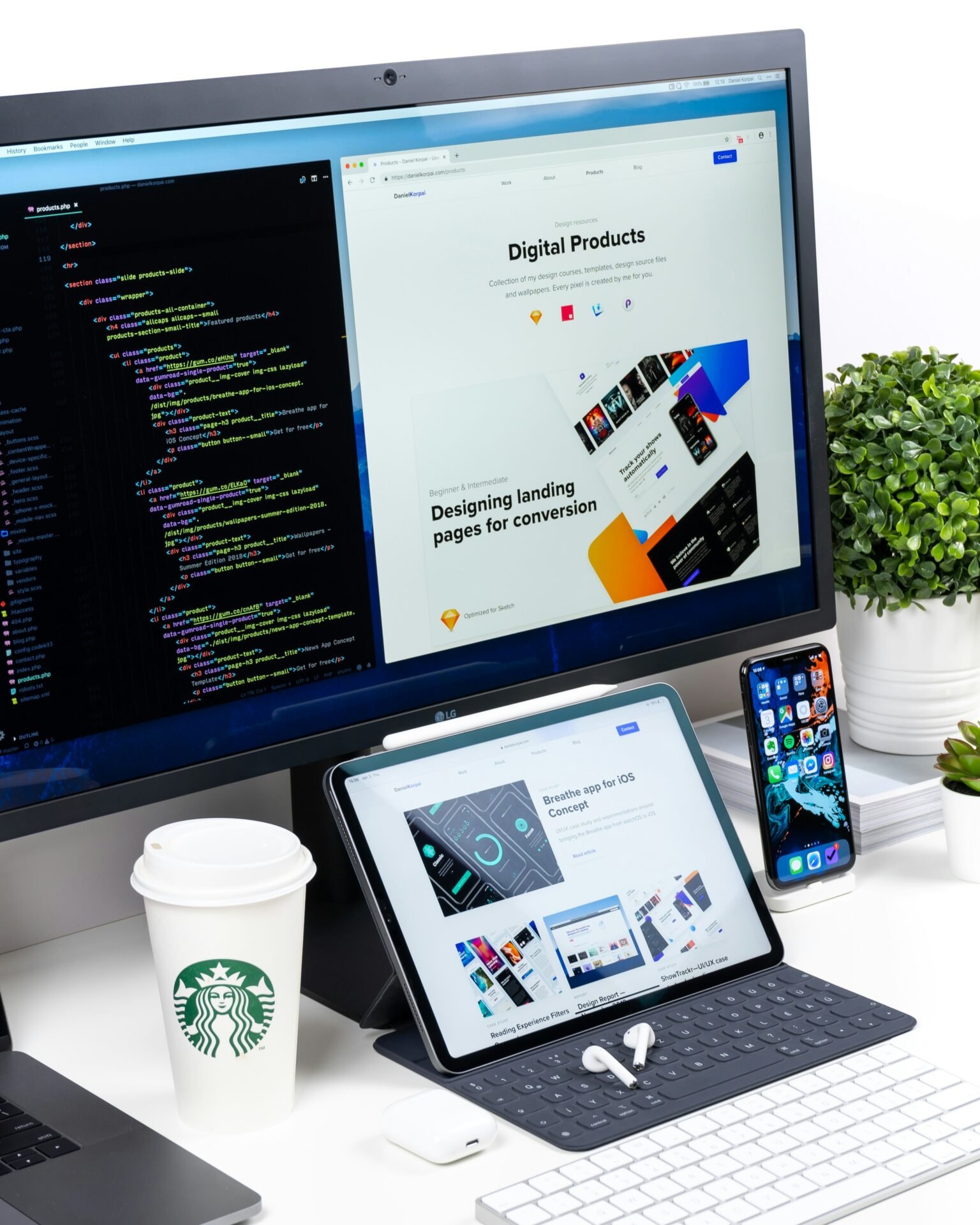
Intro
In the world of web development, User Experience (UX) design plays a crucial role in creating successful and efficiently functioning websites. Understanding the principles of UX and User Interface (UI) design is essential for delivering an engaging and intuitive experience for users. This guide will provide insights into the UX design process, helping developers create user-centric websites that drive positive interactions and conversions.
What is UX Design, and How Does It Impact Web Development?
Understanding the Basics of UX Design
Designers must understand the principles of UX design to create a successful digital product that meets user needs and provides a great user experience. From creating user personas to conducting user testing, every step in the design and development process is essential. Good UX design focuses on interacting with a product and ensuring a positive overall experience.
Design involves a variety of elements, including visual design, web design, product design, and interaction design. Designers are responsible for creating design systems and using tools like Figma to design products that allow users to complete tasks efficiently. User feedback plays a crucial role in product development, helping design teams refine their work to meet user needs.

Importance of UI and UX in Web Development
UI and UX in web development play a crucial role in creating a positive experience for users interacting with a website or product. UI and UX designers must understand the needs and behaviors of the stakeholders to create an easy to navigate and user-friendly interface. By incorporating design principles and staying updated with design trends, the development team can make informed design decisions.
There are distinct differences between UI and UX design, with UI designers focusing on creating visually appealing icon design and interesting design topics, while UX designers also delve into user experience design and understanding the needs of the users. Enrolling in a UX design course can help UX designers improve their skills in creating a positive experience for users.
Role of UX Designer in the Development Process
UX designers play a vital role in the development process of a product or service, especially in website design and user interface design. They incorporate design thinking and utilize various design tools to create a seamless experience for the user. UX designers understand the importance of UX and UI designers working together to ensure a successful design and web development.
Design deals with different screen sizes and adapts to new design trends to enhance the experience users have when interacting with a website or app. UX designers create a design roadmap that guides the design process, considering various factors that affect the user experience.
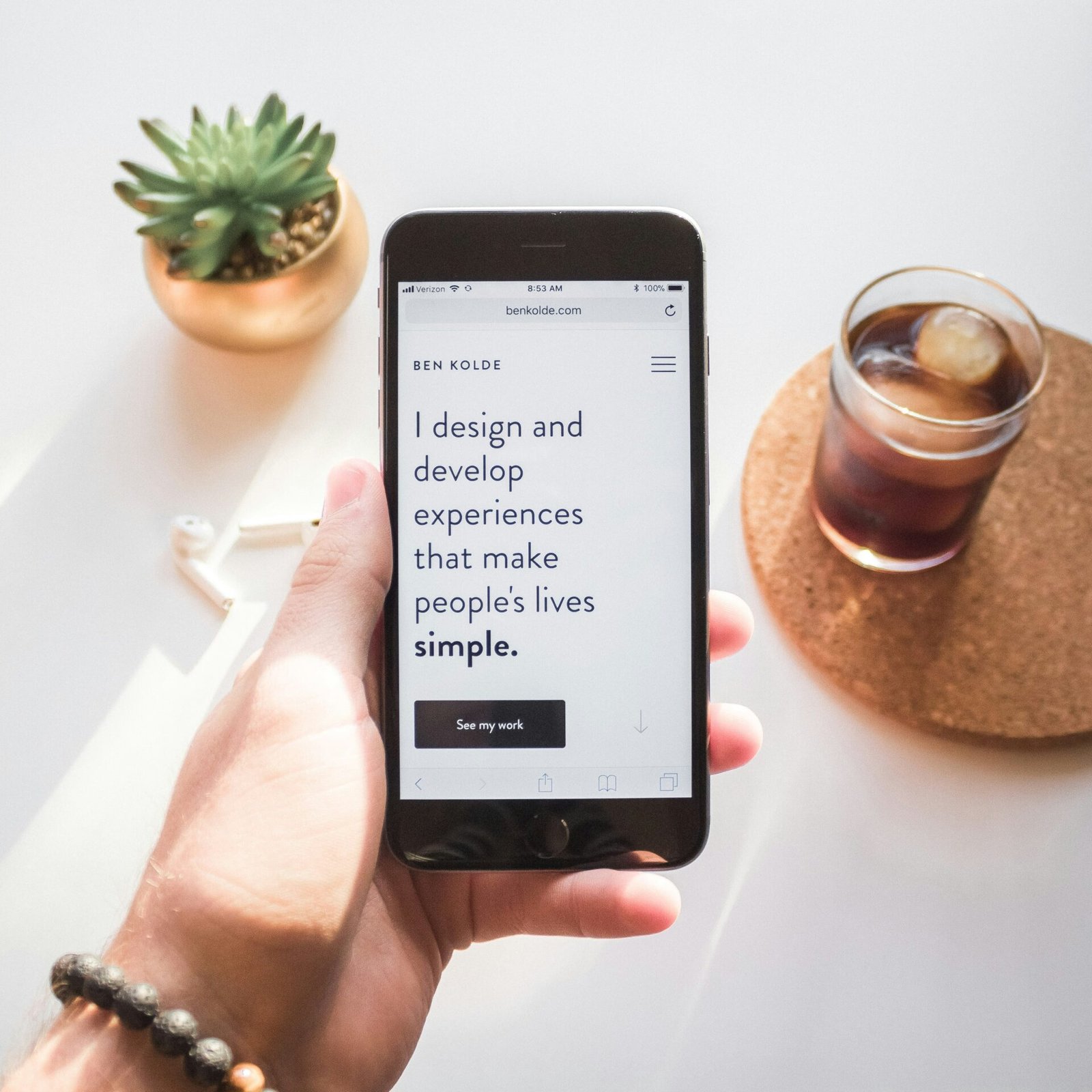
Exploring the UI Design Process in Web Development
Key Principles of UI Design
Designers take into account user needs and preferences when creating interfaces. Design involves conducting user research to understand how users interact with products. Design helps create intuitive and user-friendly experiences. Design are two core principles that drive effective UI design: simplicity and consistency. Design may also incorporate principles of visual hierarchy and accessibility.
Creating User-Oriented Interfaces
Creating user-oriented interfaces involves understanding the needs and preferences of the target audience. Design since should prioritize usability and accessibility to ensure a positive user experience. This can be achieved through user research, testing, and feedback to continuously improve the interface. Splitting the design process into smaller components can help ensure that the final product meets user expectations.

Utilizing Design Language in UI Development
When developing UI, it is crucial to utilize design language to create a consistent and cohesive user experience. By incorporating typography, color schemes, and visual elements that align with the brand’s aesthetic, developers can establish a recognizable and intuitive interface. Consistency in UI design helps users navigate the application more easily and enhances overall usability.
UX vs UI: Unpacking the Differences and Synergies
Comparing UX Designer and UI Designer Roles
UX Designer and UI Designer roles are often confused, but they have distinct responsibilities. A UX Designer focuses on improving user experience, researching user needs, and creating wireframes. On the other hand, a UI Designer focuses on designing visual elements and user interface interactions. Both roles collaborate closely to create a seamless user experience.
Understanding the Intersection of UI and UX Design
Understanding the Intersection of UI and UX Design is crucial in creating a seamless user experience. UI design focuses on the visual elements of a website or application, while UX design is concerned with the overall user experience. By combining the two disciplines, designers can create intuitive and visually appealing products that meet user needs and expectations.
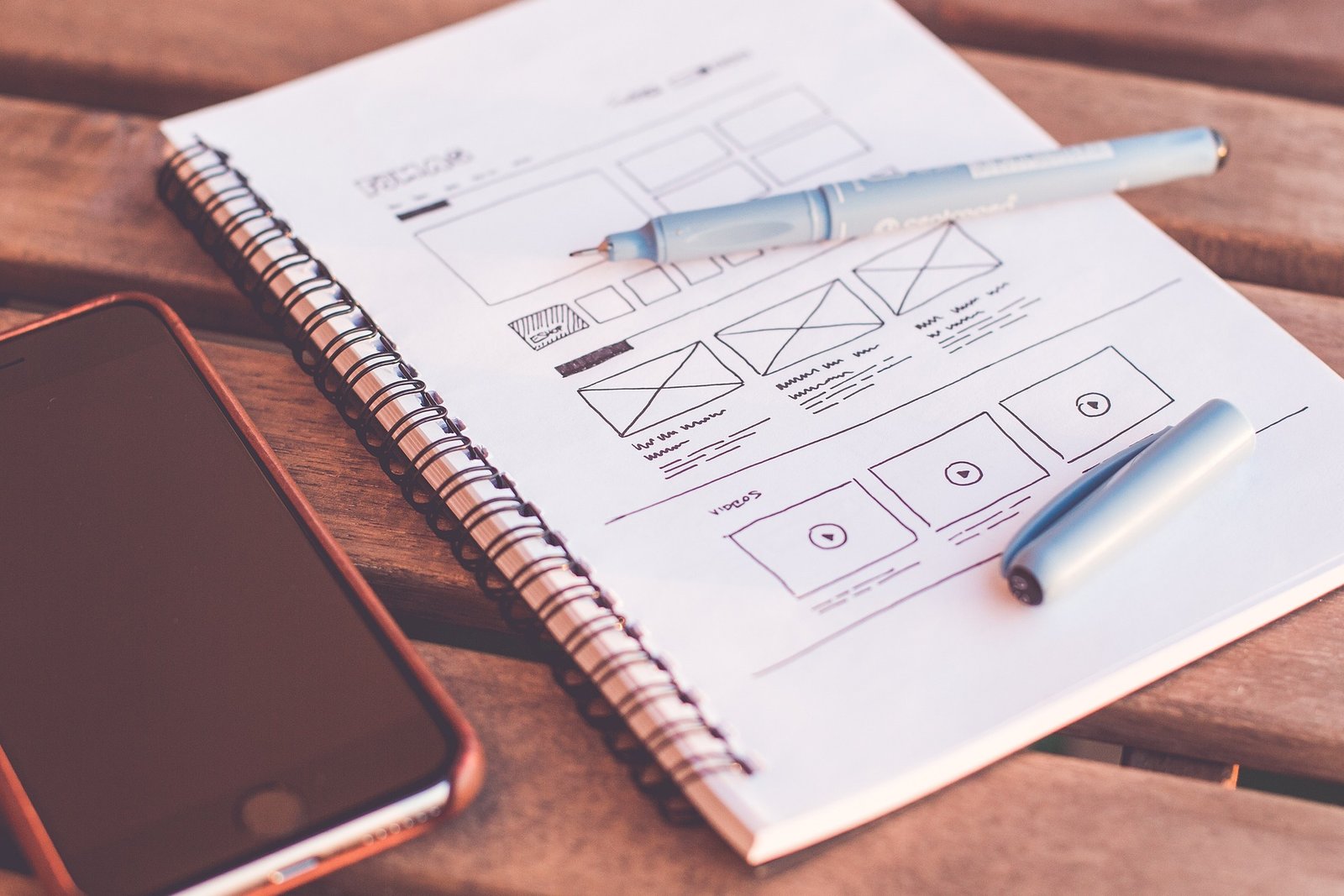
Implementing Coherent UI and UX Design in Projects
Implementing Coherent UI and UX design in projects is crucial for creating a seamless and intuitive user experience. By focusing on consistency and user-centric design principles, developers can ensure that their product is easy to navigate and visually appealing. Incorporating UI components that enhance user interactions and UX features that optimize usability will ultimately lead to higher user satisfaction and retention.
Implementing User-Centric Design in Web Development
Enhancing User Experience Through Responsive Design
In today’s digital age, it is crucial for websites to adapt to various screen sizes and devices. Responsive design ensures that users have a seamless experience no matter how they access a website. By optimizing layout and content for all platforms, businesses can increase engagement and conversions. Investing in responsive design is key to staying competitive in the online space.
Utilizing Screen Sizes and Adaptive Design Strategies
When designing websites, it is crucial to consider the various screen sizes that users may be accessing the site from. By implementing adaptive design strategies, websites can adjust their layout and content to provide an optimal viewing experience on any device, whether it be a desktop computer, tablet, or smartphone.
Responsive design techniques such as fluid grids and media queries can help ensure that websites are user-friendly and visually appealing across all devices. Optimizing for different screen sizes can lead to higher user engagement and improved overall user experience, ultimately driving more traffic to the site.
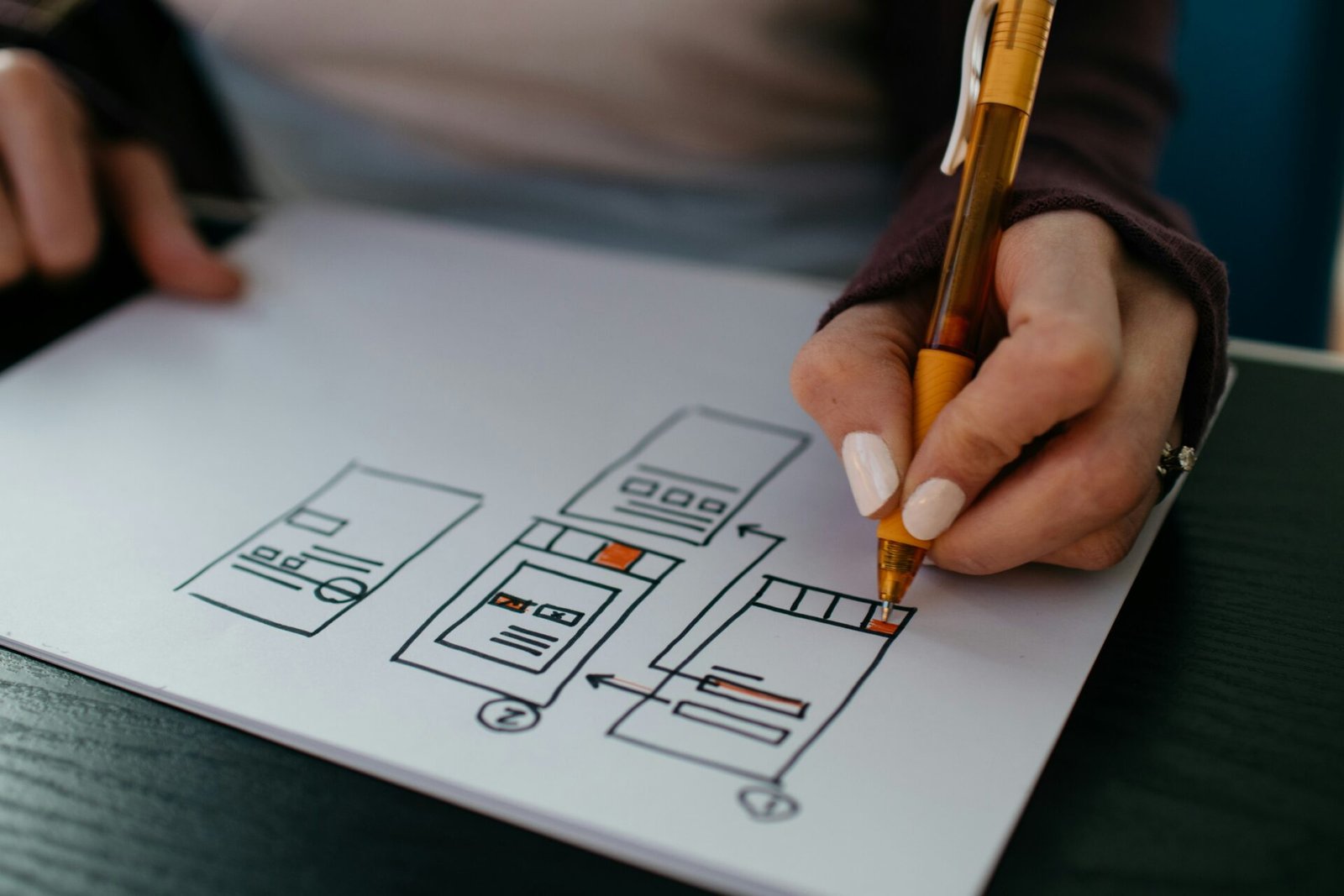
Optimizing User Flows and Information Architecture
Optimizing User Flows involves designing a seamless journey for users to navigate through a website or application. By analyzing user behavior and needs, Information Architecture aims to organize content in a logical and user-friendly way. Through user research and testing, improvements can be made to enhance the overall experience and increase user satisfaction.
Tools and Techniques for Effective UX Design Process
Utilizing Wireframes and Prototypes for Iterative Design
Utilizing Wireframes and Prototypes can greatly benefit the iterative design process of a product. Wireframes provide a visual guide for the layout and structure of an interface, allowing for quick iterations and adjustments. Prototypes take this a step further by allowing for interactive testing and user feedback, leading to a more refined and user-friendly end product.
Conducting User Research and Testing for Usability
Conducting User Research is an essential part of developing user-friendly products. By testing for usability, researchers can gather valuable insights on how users interact with a product. This data can then be used to make informed decisions and improvements to enhance the overall user experience. User research and testing play a crucial role in creating products that meet the needs and expectations of the users.
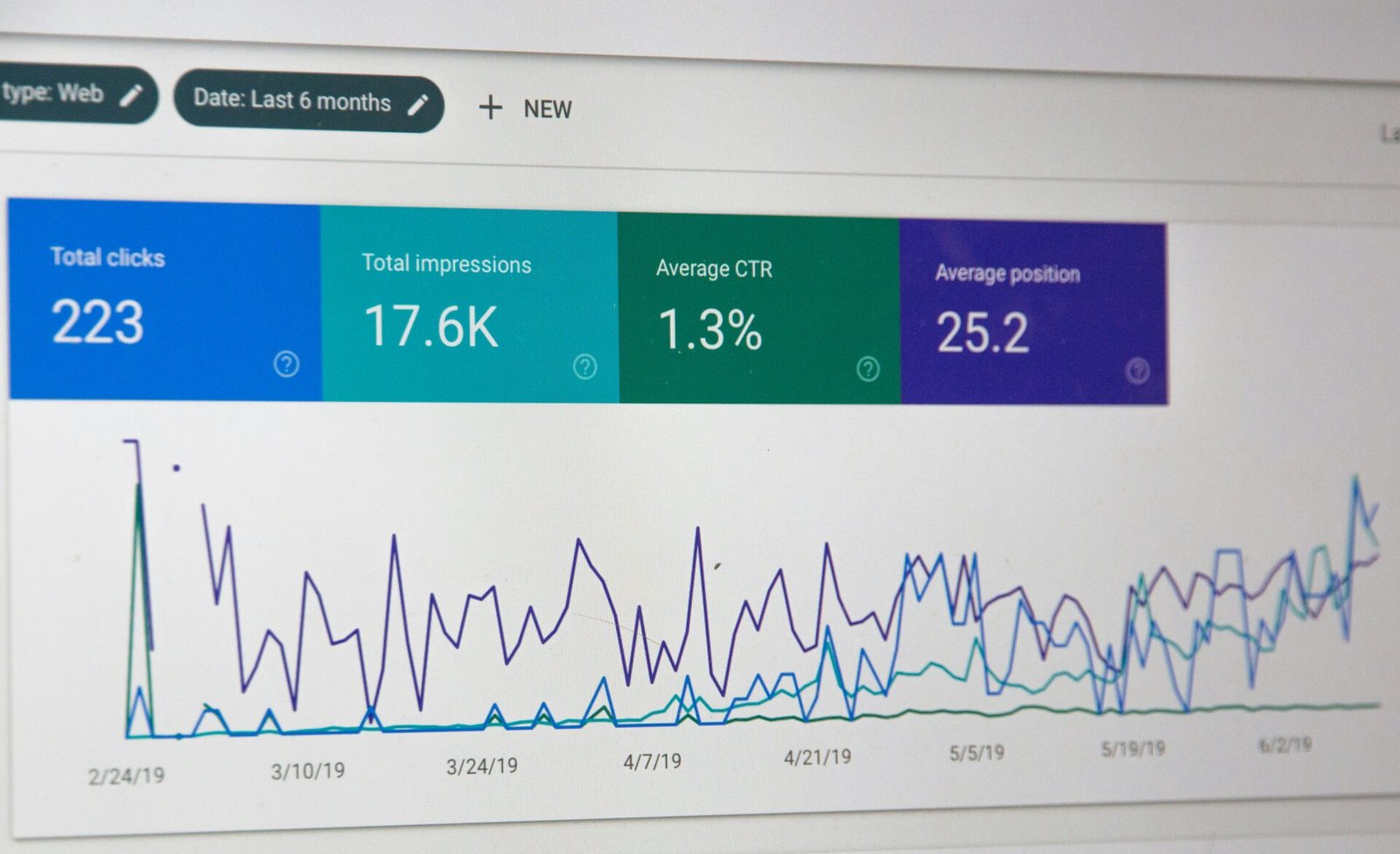
Integrating Visual and Interactive Design Elements
Integrating Visual Design Elements such as color, typography, and imagery can greatly enhance the overall look and feel of a website or application. Interactive Design Elements like animations, transitions, and micro-interactions can further engage and delight users. By combining these two aspects, designers can create a more immersive and enjoyable user experience.
Q: What is the difference between UI and UX design?
A: UI (User Interface) design focuses on the look and feel of a product, while UX (User Experience) design concentrates on the overall user experience and functionality of the product.
Q: Why is UX design important in web development?
A: UX design is crucial in web development as it ensures that the website or application is user-friendly, easy to navigate, and meets the needs of the target audience, ultimately leading to higher user satisfaction and engagement.
Q: What are the essential principles of UX design?
A: The essential principles of UX design include usability, accessibility, desirability, value, credibility, and user delight.
Q: How does design impact web development?
A: Design plays a significant role in web development by influencing how users interact with the website or application, creating a visually appealing and intuitive user interface, and enhancing the overall user experience.
Q: What are some interesting design topics in UX design?
A: Some interesting design topics in UX design include design thinking, user research, prototyping, design trends, and user testing methodologies.
Q: What is the importance of considering different screen sizes in UX design?
A: Considering different screen sizes in UX design is essential to ensure that the website or application is responsive and optimized for various devices, providing a consistent user experience across different platforms.
Q: How does Figma contribute to the UX design process?
A: Figma is a popular design tool that enables collaboration, prototyping, and designing user interfaces, making it a valuable asset in the UX design process for creating interactive prototypes and user-friendly interfaces.
Q: What is a design roadmap in UX design?
A: A design roadmap in UX design is a strategic plan that outlines the design process, goals, timelines, and milestones to guide the development of a user-centered and well-designed product.








Comments ( 0 )